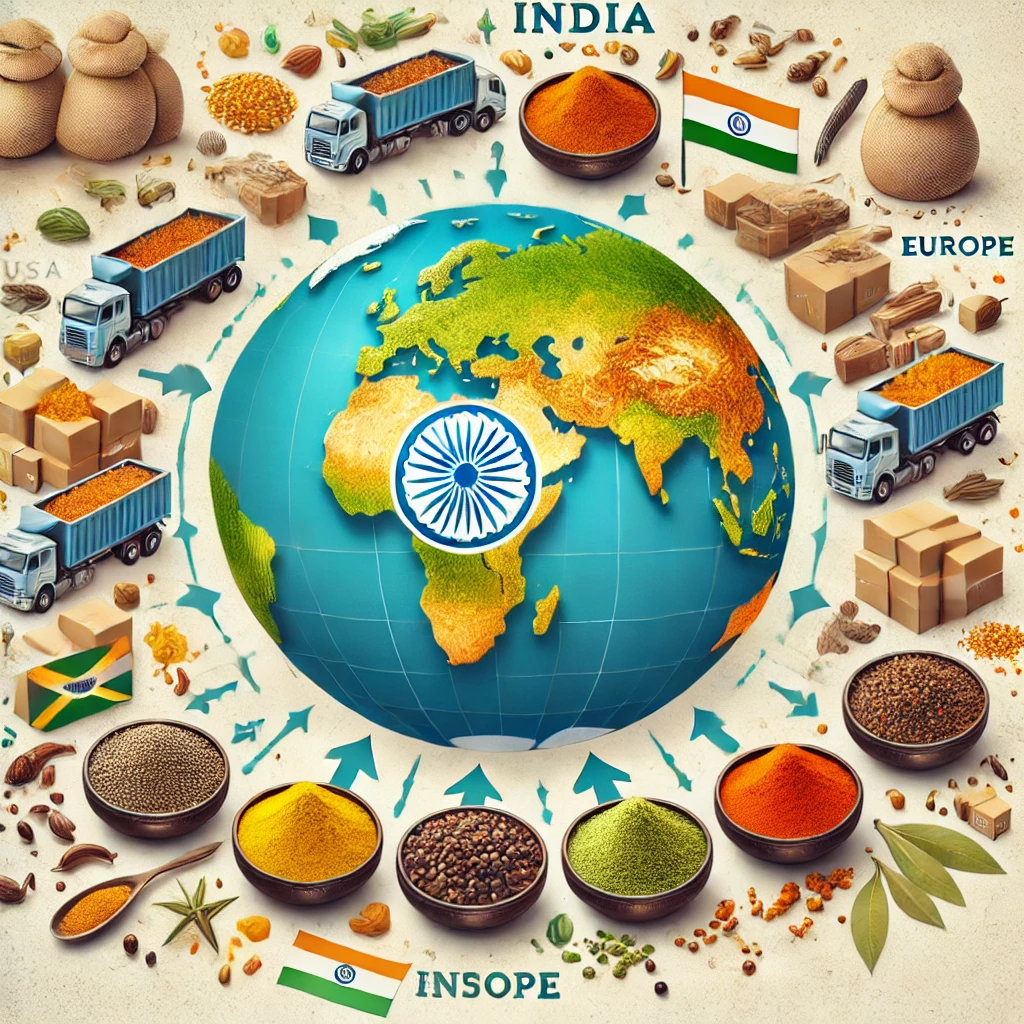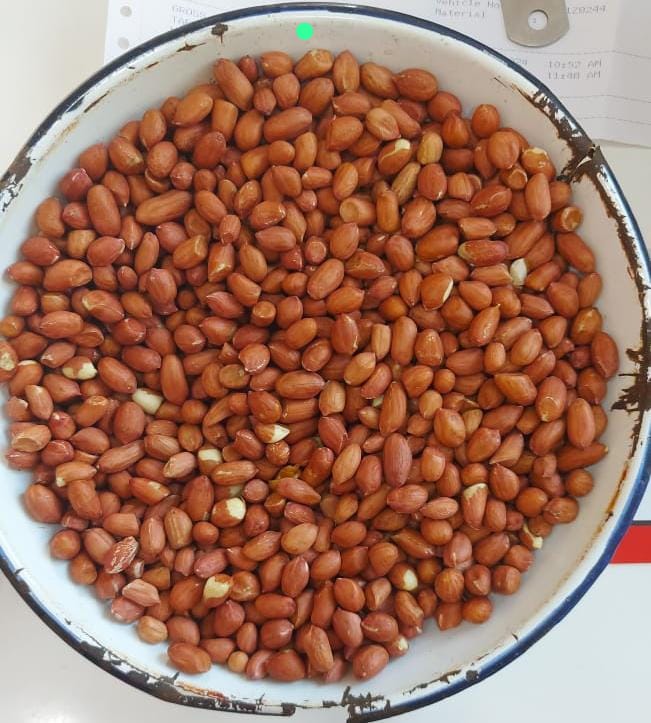How Free Trade Agreements Are Impacting Indian Export Businesses

India, one of the fastest-growing economies in the world, has significantly bolstered its export sector over the years. A key driver behind this growth is the range of Free Trade Agreements (FTAs) that India has entered into with various nations and trading blocs. FTAs, along with other favorable trade policies and tariff reductions, have become instrumental in enhancing India's export capabilities, opening doors to new markets, and reducing the cost of trade. In this blog, we will delve into how these FTAs are shaping the Indian export business landscape and contributing to the country’s global trade growth.
Understanding Free Trade Agreements (FTAs)
Free Trade Agreements are arrangements between two or more countries that aim to reduce or eliminate tariffs, quotas, and other trade barriers. The objective is to encourage the free flow of goods and services across borders, fostering economic cooperation and integration. India has signed numerous FTAs, both bilateral (with a single country) and regional (with a group of countries), to tap into global markets and strengthen its economic ties with key trading partners.
Some of the major FTAs India has entered into include:
- India-ASEAN Free Trade Agreement
- India-MERCOSUR Preferential Trade Agreement
- India-Japan Comprehensive Economic Partnership Agreement (CEPA)
- India-South Korea Comprehensive Economic Partnership Agreement (CEPA)
These agreements allow Indian exporters to benefit from reduced tariffs and easier access to foreign markets, helping the country to stay competitive in the global market.
Key Impacts of FTAs on Indian Export Businesses
1. Increased Market Access
One of the most immediate benefits of FTAs for Indian exporters is increased access to new markets. By removing or lowering trade barriers, FTAs allow Indian goods to be more competitive in foreign markets, especially in regions where trade duties might have otherwise been prohibitive.
📌 Example: Under the India-ASEAN FTA, Indian agricultural products, textiles, and electronics have seen increased demand in Southeast Asian markets due to reduced tariffs and improved trade facilitation.
2. Reduction of Tariffs and Trade Costs
A significant benefit of FTAs is the reduction or elimination of tariffs, which lowers the overall cost of goods for importers and makes Indian products more attractive. Tariff reductions allow exporters to sell their products at more competitive prices, expanding their customer base.
📌 Example: Under the India-Japan CEPA, Japanese tariffs on certain Indian goods such as textiles, leather, and pharmaceuticals have been reduced or eliminated, allowing Indian exporters to price their products more competitively in Japan.
3. Boosting Export of High-Value Goods
FTAs also help facilitate the export of high-value goods, such as pharmaceuticals, technology, and engineering products, which are critical to India's export growth. The elimination of tariffs on these goods enhances India’s ability to compete in technologically advanced and lucrative markets.
📌 Example: The India-Korea CEPA has provided Indian IT companies and pharmaceutical producers with favorable terms to export their products to South Korea, a market that has high demand for innovative and cost-effective technology solutions.
4. Diversification of Export Markets
FTAs allow Indian exporters to diversify their market base by establishing stronger ties with a wider range of countries. This diversification helps reduce dependency on a few major export destinations and mitigates the risks associated with fluctuating demand in any particular market.
📌 Example: Through FTAs with Latin American countries like MERCOSUR (which includes Brazil, Argentina, and others), Indian exporters have gained access to a new region, reducing over-dependence on the US and European markets.
5. Enhanced Competitiveness for Small and Medium Enterprises (SMEs)
FTAs have played a significant role in empowering small and medium-sized enterprises (SMEs) to expand their international presence. By lowering entry barriers, FTAs provide these businesses with the opportunity to reach foreign markets that were previously inaccessible due to high tariffs or regulatory constraints.
📌 Example: With India-ASEAN and other bilateral agreements, Indian SMEs in sectors like textiles, handicrafts, and agriculture can now more easily export their products to ASEAN countries, improving their international competitiveness.
Challenges and Opportunities in Leveraging FTAs
1. Non-Tariff Barriers
Despite the tariff reductions that FTAs offer, many Indian exporters face non-tariff barriers such as strict quality standards, certification requirements, and complex customs procedures. These barriers can sometimes negate the benefits of an FTA, especially for smaller exporters who may not have the resources to meet these requirements.
2. Awareness and Utilization of FTAs
While FTAs offer numerous benefits, low awareness and understanding among exporters about how to utilize these agreements can hinder their full potential. Many Indian exporters do not take advantage of the reduced tariffs and relaxed trade rules simply because they are unaware of the benefits or do not have the expertise to navigate FTA-related processes.
3. Upgrading Supply Chain Capabilities
FTAs can provide a competitive edge, but to truly capitalize on them, Indian exporters must upgrade their supply chain capabilities, ensure consistent product quality, and adopt advanced technologies. Investing in supply chain improvements will help exporters meet the stringent standards of developed markets and reduce the risks of non-compliance.
The Role of Government in Maximizing FTA Benefits
The Indian government plays a crucial role in helping businesses make the most of FTAs by:
- Providing Export Facilitation: Through initiatives like the Make in India program and export promotion councils, the government helps businesses understand and utilize FTAs.
- Negotiating New FTAs: India continues to negotiate new trade agreements with countries and regions to further boost export growth. Ongoing negotiations with the European Union and the United Kingdom hold great promise for Indian exporters.
- Simplifying Procedures: The government is working to simplify documentation and customs procedures to make it easier for businesses, especially SMEs, to export their products under FTA frameworks.
Conclusion: The Future of Indian Exports and FTAs
India’s export business landscape is evolving rapidly, thanks in large part to the Free Trade Agreements that the country has entered into. These agreements offer Indian businesses a significant advantage in terms of market access, cost reduction, and diversification. However, for Indian exporters to fully leverage the benefits of FTAs, they must address challenges such as non-tariff barriers and build more awareness about the potential of these trade deals.
As India continues to negotiate and expand its FTA portfolio, the country’s export sector is poised for further growth, cementing its position as a global trade leader. The government's role in supporting exporters, combined with businesses’ ability to adapt to changing trade environments, will determine the long-term success of Indian exports in the global market.









